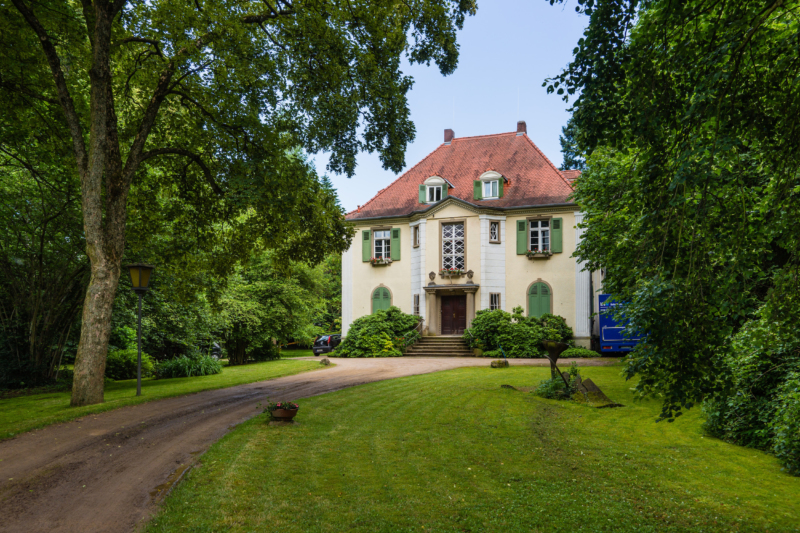Stellenausschreibung

As of August 2024, IMD offers a position in project management, acquisition of funding and editing/communication. You can apply until May 15, 2024 via the online job portal of the City of Darmstadt!


Peter Meanwell and Dylan Robinson in conversation


Music journalist Hannah Schmidt will be awarded the Reinhard-Schulz-Preis 2023 as part of the Darmstadt Summer Course

Presenter of the Darmstadt Summer Course,
Archive, Library, Network
IMD is a cultural institute of Darmstadt, City of Science.
Interviews, audio or video biographies of our guest artists, statements, introductory texts, pictures from the rehearsals